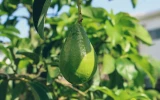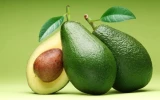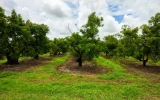Is Avocado Farming Profitable in California?
The state of California is synonymous with avocado production. The Golden State offers an ideal climate for avocado growers, with its warm temperatures and mild winters. Considerations such as land costs, water availability, and market prices all play pivotal roles in determining the economic viability of avocado cultivation in the region.
Avocado farming in California can be profitable, with average yields of 7,000 to 20,000 lbs per acre and prices around $1.50 to $2.10 per lb. Start-up costs, including land, trees, and irrigation, can range from $10,000 to $25,000 per acre. The profit margin typically ranges between 10% and 30%.
California avocados are particularly famed for the Hass variety, which dominates the market. Despite the competition from other regions, California Hass avocados maintain a reputation for high quality and continue to be a sought-after product in markets across the United States and internationally. Let's get to know why.
Summary
- High-density planting is a significant factor in maximizing profitability, allowing for more trees per acre and potentially higher yields, albeit with increased initial costs for more trees and irrigation setup.
- Avocado farms diversify revenue through sales of fresh fruit, nursery operations, agritourism, value-added products, leasing land, and participating in government programs.
- Strategies such as adopting efficient irrigation systems and high-density planting can help mitigate the high costs of water and land, enhancing the economic viability of avocado farming in California.

On this page:
Profitability of Avocado Farming in California
| Item | Cost/Worth |
|---|---|
| Land preparation & planting | $10,000 - $25,000 per acre |
| Annual maintenance | $500 - $1,000 per acre |
| Yield per acre | 7,000 - 20,000 pounds |
| Market price per pound | $1.50 - $2.10 |
| Revenue range | $10,500 - $42,000 |
| Net profit range per acre | $20,000 to $120,000 per year per acre |
Profit margin of avocado farming
According to a document from the University of California Cooperative Extension, the average net profit margin for avocado farms typically ranges between 10% to 30% of the total revenue. However, profitability can be influenced by several factors, including the cost of establishment, production practices, yield, and market prices.
Long-term economic profit
Considering the economic profit, after subtracting the annual costs from your revenue, you may expect a net profit range from $20,000 to $120,000 per year per acre. This estimate assumes your orchard has about 100–200 trees per acre and capitalizes on optimal yields.

Revenue streams
-
Fresh fruit sales: The most significant revenue stream for avocado farmers is the sale of fresh avocados to wholesalers, retailers, or directly to consumers through farmers' markets or Community Supported Agriculture (CSA) programs.
-
Nursery operations: Some avocado farms operate their own nurseries, selling avocado trees and rootstock to other growers.
-
Agritourism: Farms may offer tours, educational programs, and pick-your-own avocado experiences, which can provide an additional income source.
-
Value-added products: Farms may process avocados into products such as guacamole, avocado oil, or health and beauty products, which can be sold at a higher margin than fresh fruit.
-
Leasing land: Some avocado farm owners lease out their land to other farmers or businesses for a variety of agricultural or commercial uses.
-
Government programs and grants: Farmers might also benefit from government agricultural programs, grants, or subsidies designed to support the agriculture industry.
-
Waste product utilization: Waste products, such as imperfect fruits, skins, and pits, can sometimes be sold for use in other industries, such as cosmetics or food supplements.
Cost Breakdown and Analysis
Avocado production, especially when leveraging high-density plantings, can lead to differing costs and returns. High-density plantings can lead to more productive trees and could help optimize space and potentially yield higher returns.
Initial costs
| Initial Costs | Cost (per Acre) |
|---|---|
| Soil preparation | $500–$1,500 |
| Trees | $2,000–$3,500 |
| Drip irrigation | $1,500–$2,500 |
| Total | $4,000–$7,500 |
- Soil preparation: Ensuring the soil is suitable for avocado trees.
- Tree purchases: The number of trees per acre varies based on planting density.
- Drip irrigation installation: Reduces the cost of water and improves water efficiency.
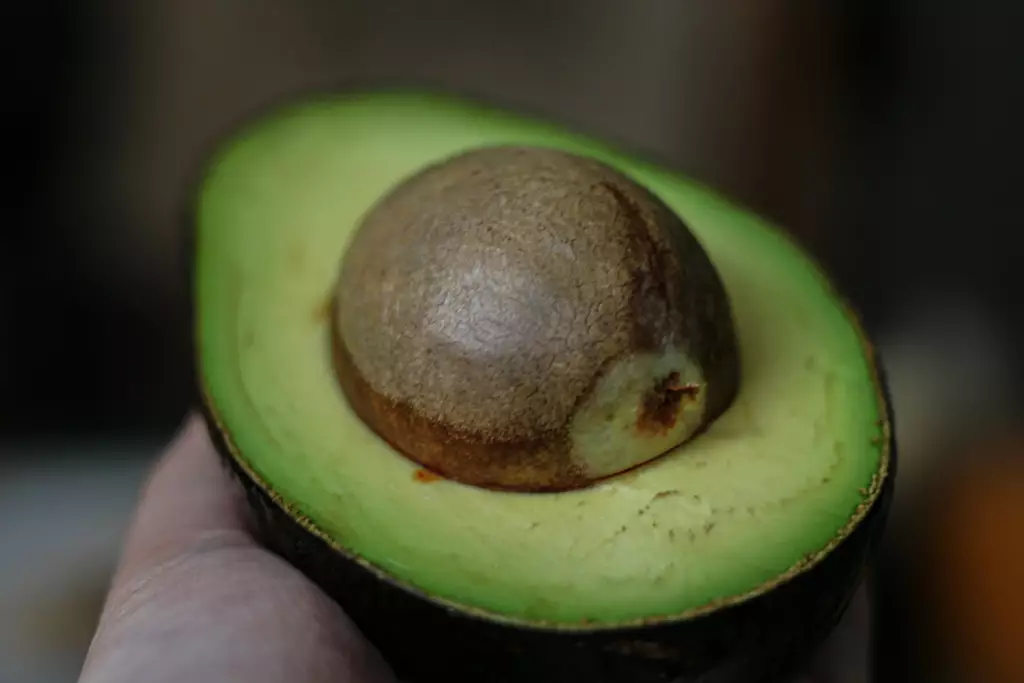
High-density planting involves more trees per acre to maximize yield. While it may initially cost more due to the number of trees, it can lead to greater returns.
Recurring costs
| Recurring Costs | Cost (per Acre per Year) |
|---|---|
| Water | $500–$4,500 |
| Fertilizers | $200–$1,000 |
| Labor | $1,500–$3,000 |
| Maintenance | $300–$1,000 |
| Total | $2,500–$9,500 |
- Water: You may pay a premium for water in California due to scarcity.
- Fertilizers: Necessary for tree health and fruit production.
- Labor: Includes pruning, harvesting, and other manual tasks.
- Maintenance: Upkeep of irrigation systems and farm equipment.
Factors Affecting Farm Profits
When you consider avocado farming in California, especially in regions like Southern California and San Diego County, multiple variables come into play that can impact your profitability.
Acreage and production
The size of your avocado farm and the production yield per acre are key. Historically, San Diego has been at the forefront of avocado production, but shifts in acreage have influenced profits.
Cultivation techniques
Choosing the right cultivation strategies, such as high-density planting, can impact your yield. Enhancements in farming practices have proven crucial for the feasibility and sustainability of avocado farming.
Your choice of avocado varieties and the cultivation techniques you apply directly affect yields and costs. For instance:
- Hass avocados are popular due to their high demand and ease of farming.
- Implementation of precision agriculture can optimize resources, leading to sustainable practices and potentially higher returns.
The majority of avocados grown in California are Hass avocados, and the state contributes significantly to the United States' avocado supply. The popularity of the Hass variety has also led to its cultivation in other parts of the world with similar climates, such as Mexico, Peru, and Chile, which helps meet the increasing global demand for avocados.

The Hass avocado is prized for its creamy texture, rich flavor, and good shelf life, which makes it a favorite among both consumers and growers. This variety was first discovered by Rudolph Hass in California in the 1920s, and it has since become the benchmark for avocados worldwide.
Embracing sustainability and precision agriculture not only benefits the environment but can also lead to cost savings long-term by efficiently using resources like water and nutrition.
Climate and soil
Avocados require specific climate conditions, which Southern California provides. Your farming location within the state can affect the sunlight exposure and, consequently, your crop's growth and health.
California's Mediterranean climate—with its warm summers and mild winters—is ideal for avocado cultivation.
Maintaining soil health and managing water with systems like drip irrigation can dictate your tree's health and fruit quality. High-quality irrigation and soil health management can optimize water usage and contribute to nutrient-rich produce.
How to Minimize Costs and Maximize Profits
In an industry where the cost of production can be high, you'll find that careful planning and investment in precision agriculture are key to making your California avocado farm both sustainable and profitable, particularly in the region surrounding Southern California and San Diego County.
By implementing the Cooperative Extension's best practices, which comes from the UC Agriculture and Natural Resources, you can significantly reduce water consumption and labor costs.
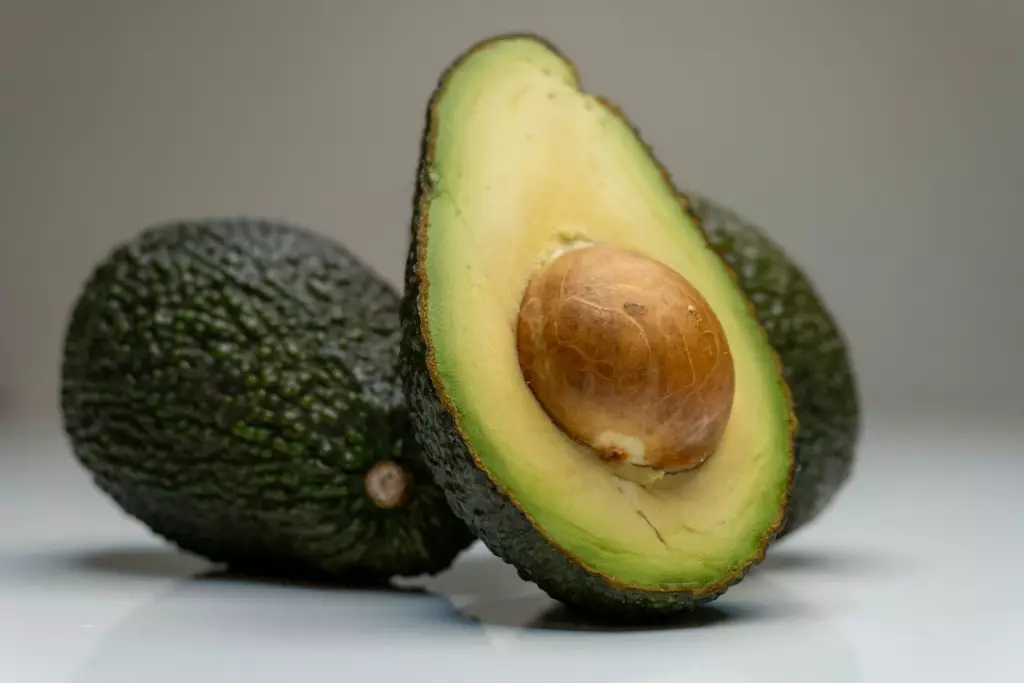
Take advantage of programs offered by the UC Agriculture and Natural Resources and the California Avocado Commission, which focus on boosting efficiency.
Precision agriculture techniques
These can help you monitor crop needs closely and respond in real-time. Here's how you can minimize costs:
-
Irrigation: Implement drip or low-volume mini sprinklers which are more efficient. Drought is a recurring challenge in California. Thus, innovative irrigation methods that optimize water use without compromising tree health are critical.
-
Plant density: Consider high-density planting, which can lead to earlier returns on investment. Employing a high-density avocado orchard system is a savvy move. Increased tree count per acre can lead to higher yields, enhancing potential revenue.
-
Pest management: Use integrated pest management systems to reduce losses.
To maximize profits, consider:
-
Market trends: Sell your California avocados when market prices are favorable.
-
Yield maximization: Strive for higher yields per tree through optimal agricultural practices.

